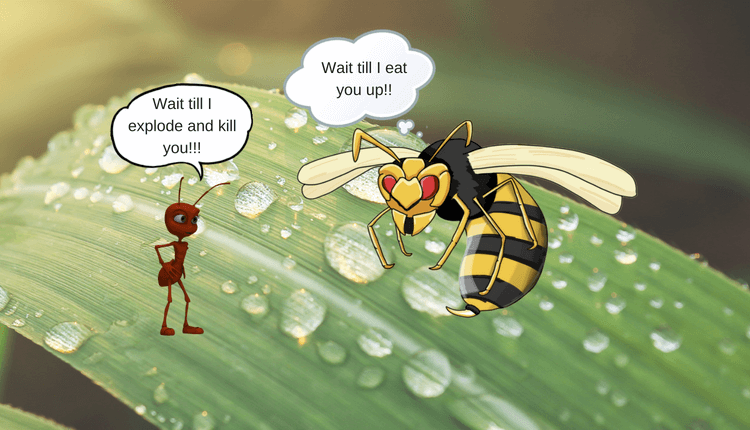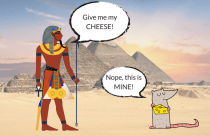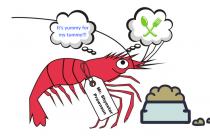The War is On: Let’s Explode and Kill Our Enemies!

Different animals inhabit the Southeast Asian rainforests and all of them have different mechanisms of self-protection. One such ant species is Colobopsis explodens, also known as “exploding ants.” These ants use a very different mechanism to escape from predators. As suggested by its name, when attacked, the minor worker ants break their body wall and release a sticky liquid from a yellow gland. This liquid kills or injures the predator, but kills the attacking ants as well. On the other hand, the major worker ants have big, plug-shaped heads used to physically barricade the nest entrances against intruders. Therefore, they are popularly known as “doorkeepers.” This extraordinary form of self-sacrifice, also known as autothysis, was discovered by research teams from Austria, Thailand, and Brunei in 2014. In fact, several species of the same genus of ants carry out self-sacrifice to protect themselves from predatory insects. Researchers are exploring more into the behavior of this species of ants.









